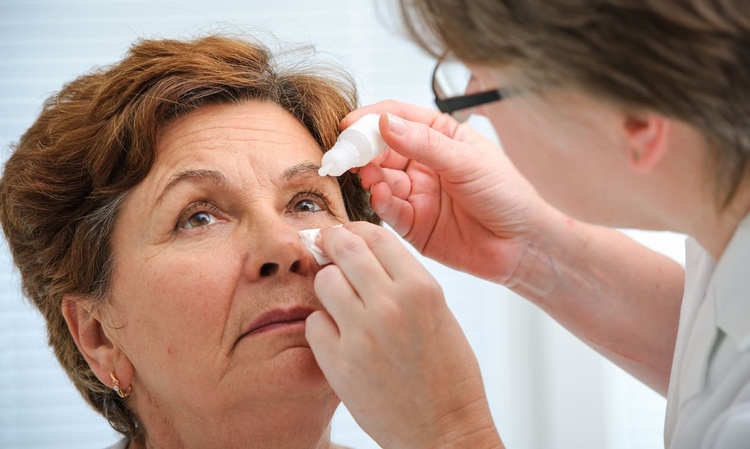Understand Angioedema Swelling And Its Impact On Your Health
Angioedema is a concerning medical condition characterized by deep swelling beneath the skin's surface, potentially affecting various body parts including the face, throat, and extremities. This condition can range from mild discomfort to severe, potentially life-threatening situations requiring immediate medical attention. Understanding its causes, symptoms, and proper management is crucial for anyone affected by or at risk of developing angioedema.

What Is Angioedema?
Angioedema refers to sudden swelling beneath the skin’s surface. This swelling results from fluid leakage from blood vessels into surrounding tissues, typically triggered by the release of chemicals like histamine that increase blood vessel permeability. The condition manifests as deep, often asymmetrical swelling that may be accompanied by a sensation of warmth, discomfort, or pain rather than itching. Unlike hives (urticaria), which affect the upper skin layers and cause itchy, raised welts, angioedema involves deeper tissue layers and creates more diffuse swelling. Angioedema can be categorized into several types, including allergic, hereditary, acquired, and drug-induced forms, each with distinct characteristics and treatment approaches. The swelling typically resolves on its own within 24-72 hours but can recur if the underlying cause remains unaddressed.
Possible Causes of Angioedema
The development of angioedema can stem from various factors, with allergic reactions being the most common trigger. These reactions can be prompted by certain foods (such as nuts, shellfish, eggs, and milk), medications (particularly nonsteroidal anti-inflammatory drugs and antibiotics), insect stings, latex, or environmental allergens. Beyond allergies, some individuals experience hereditary angioedema (HAE), a rare genetic disorder resulting from a deficiency or dysfunction of the C1 inhibitor protein, which helps regulate inflammation and coagulation pathways. Acquired angioedema may develop later in life, often associated with underlying conditions like autoimmune disorders or certain cancers. Physical factors including pressure, vibration, temperature extremes, or even emotional stress can trigger angioedema episodes in susceptible individuals. Additionally, idiopathic angioedema occurs without identifiable causes, making it particularly challenging to manage.
Recognizing Symptoms of Angioedema
The primary symptom of angioedema is pronounced swelling that develops rapidly beneath the skin. This swelling most commonly affects the face (particularly the lips, eyes, and cheeks), hands, feet, genitalia, and, in more concerning cases, the throat and digestive tract. The affected areas often appear normal in color or slightly reddened, distinguishing angioedema from conditions with more pronounced redness. Patients frequently report sensations of tightness, warmth, or mild pain rather than the intense itching associated with hives, although both conditions can occur simultaneously. When angioedema affects the digestive tract, it may cause abdominal pain, nausea, vomiting, or diarrhea that can be mistaken for other gastrointestinal conditions. Voice changes, hoarseness, or difficulty breathing suggest laryngeal involvement, representing a medical emergency requiring immediate attention.
When Angioedema May Be Serious
While most cases of angioedema resolve without complications, certain presentations warrant urgent medical attention. Swelling affecting the throat, tongue, or airways represents a potentially life-threatening emergency as it can lead to breathing difficulties and, in severe cases, complete airway obstruction. This situation requires immediate emergency care. Patients taking angiotensin-converting enzyme (ACE) inhibitors for blood pressure management should be particularly vigilant, as these medications are associated with a higher risk of serious angioedema affecting the airways. Hereditary angioedema can cause recurrent and sometimes severe episodes, including painful abdominal attacks from gastrointestinal tissue swelling. Individuals experiencing angioedema alongside other symptoms of anaphylaxis—such as widespread hives, dizziness, rapid heartbeat, low blood pressure, or breathing difficulty—should seek emergency treatment immediately. Persistent or recurrent angioedema episodes also warrant medical evaluation to identify underlying causes and appropriate management strategies.
Managing and Monitoring Angioedema
The approach to managing angioedema depends on its underlying cause and severity. For mild allergic angioedema, antihistamines often serve as first-line treatment, reducing the body’s histamine response. More severe allergic reactions may require corticosteroids to reduce inflammation or, in emergency situations, epinephrine to rapidly counteract the allergic response. Patients with identified triggers should practice strict avoidance of those substances—whether specific foods, medications, or environmental factors. Those with recurring or hereditary angioedema may benefit from specialized medications like C1 inhibitor concentrates, kallikrein inhibitors, or bradykinin receptor antagonists that target the specific biochemical pathways involved. Long-term management may include prophylactic medications to prevent episodes for those with frequent recurrences. Patient education plays a crucial role—individuals with known risk should be instructed on recognizing early symptoms, maintaining an emergency action plan, and carrying appropriate rescue medications. Regular follow-up with healthcare providers ensures optimal management and adjustment of treatment strategies as needed.
This article is for informational purposes only and should not be considered medical advice. Please consult a qualified healthcare professional for personalized guidance and treatment.



